THE KING SACRIFICES TO HEAVEN AT THE NAM GIAO ALTAR
Two volumes of the book titled Vietnam Travelogue in Nam Phong magazine were collected and introduced by researcher Nguyen Huu Son (recently published by Tre Publishing House), starting with the story Ten Days in Hue by Pham Quynh (published in issue 10, April 1918), detailing the author's visit to Hue, meeting the king and attending the Nam Giao Heavenly Altar ceremony.
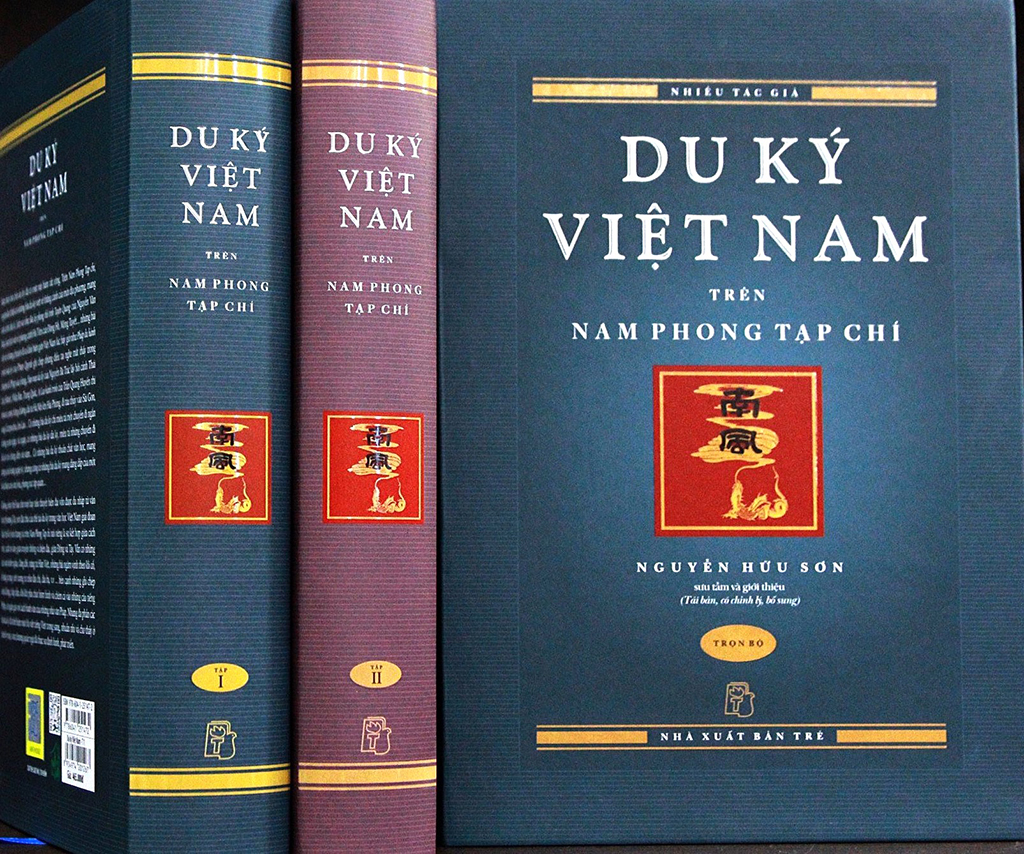
Cover of Vietnam Travelogue on Nam Phong magazine
The altar is located right in the middle of the field, according to author Pham Quynh's estimate, it is about twice the size of the Temple of Literature ( Hanoi ). Normally, the altar is left empty, only when "there is a family event" will the cloth be stretched to build a house, after the ceremony it is taken down again. The first altar is stretched with green cloth to form a round house called Thanh Oc, in the middle are two main altars: on the left is the altar of Thien Hoang (heaven), on the right is the altar of Dia Ky (earth), facing south. On the left and right sides are three altars, east and west facing each other: the left is the altar of Nguyen Hoang, on the right is the altar of Gia Long; on the left are the second altar of Minh Mang, on the right is the second altar of Thieu Tri; on the left is the altar of Tu Duc, on the right is the altar of Dong Khanh.
Author Pham Quynh added: "The second citadel is in front of the altar, on the south side, a square house is built, covered with yellow cloth, called the royal house. In the middle of the royal house, there is an outer incense altar, in front of the altar is a place for the King to stand and make offerings. The third citadel, in the southeast corner, is a place to store pine wood, to light a fire to make a communal house, in the northwest corner is the place to bury the blood of the sacrificed creatures...".
The Nam Giao ceremony took place very grandly. The book quoted: "At exactly 2:40, the Emperor took his vehicle from Trai Cung to Giao Dan. The Emperor wore a crown, a traditional robe, and held a jade in his hand, with two military officers holding feather fans, four officers holding lanterns, and candles, followed by several others. He entered the main house to perform the Quan Tay (hand washing) ceremony. At that time, the palace officials (Ministry of Rites) knelt down and reported to welcome him to the royal house. The drums and bells sounded, and the Emperor entered and stood before the outer incense table. All the rituals were chanted and reported by the internal officers, and the Emperor performed the rituals as instructed...".
From the opening ceremony until the end of the ceremony, the time lasted about 2 hours. According to the article, after finishing the work at Giao Dan, the Emperor returned to rest, changed into a yellow robe and sat on the throne while the mandarins performed the inauguration ceremony in front of Trai Cung yard. "After the ceremony, the guard arranged the royal carriage, and escorted the Emperor back to the palace. The rites were the same as when he left. The only difference was that the drums and bells were all beaten, and military music, grand music, and elegant music were played. On both sides of the road, the elders knelt next to the incense table. At Ngo Mon gate, the Kinh Thu mandarin was already standing on the right side to welcome him. Outside the city, 9 gun shots were fired to celebrate... The Emperor entered the Imperial Palace. The guard carried the wine, meat, and pots of rice wine and followed behind...".
EDUCATION OF LOVE FOR VIETNAMESE HISTORY
Not only describing in detail the mausoleums of Hue, from the layout to the interesting "harem" stories of the Nguyen Dynasty in the book, the travelogue series Ancient places of Nghe Tinh land by Nguyen Duc Tanh (published continuously in 6 parts from November 1928 - July 1929) also revealed the rituals and customs, legendary stories, many famous characters in An Tinh region (Nghe An - Ha Tinh ), half belonging to Dang Trong, half belonging to Dang Ngoai, closely related to Dai Viet history: From King Le Thai To fighting the Chinese to the war between the Nguyen Dynasty and the Trinh Dynasty..., answering many "mysteries", helping readers, especially young people, love Vietnamese history even more.
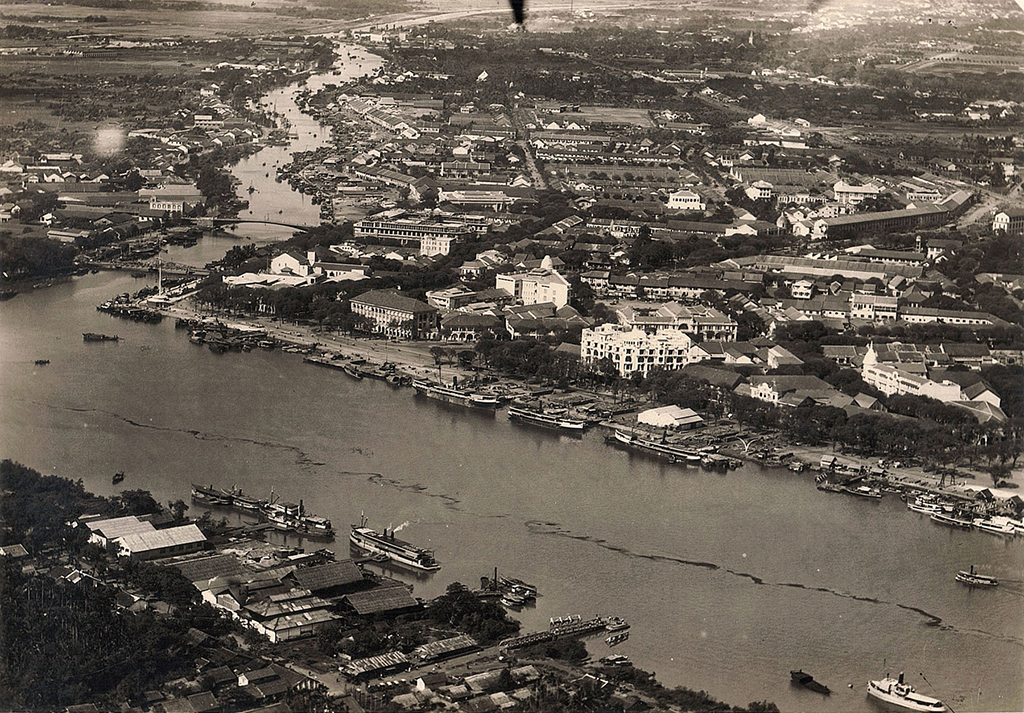
Saigon River in the 1920s through the lens of Léon Ropion
Coming to the southern land, read the Brief Travelogue from Hanoi to Saigon by author Mau Son Muc NXH with an interesting journey by road "seen and heard" ( Nam Phong magazine, May 1928). "Bien Hoa city is small but very crowded and cheerful. The row of tall buildings of the uncles is very bustling, private cars, freight cars go back and forth noisily, horse-drawn carriages for rent fill a lot of land at the market. The river next to the city is very big and beautiful, the river water is full, on both banks are people, trees, many coconut trees, very bustling".
Describing Saigon - Cho Lon, author Mau Son Muc NXH compared: "Cho Lon is even more joyful than Saigon. At night, the electric lights in Saigon are already on, but in Cho Lon there are even more, like a festival". The costumes of Saigon people are also strange: "The elegant women wear clothes and scarves made of white flowers, the business people wear clothes made of black fabric, on their heads hang a white cloth scarf, the black vertical line is about three or four squares long. The shirts are all made of two tight sleeves and buttoned with fish-neck buttons...".
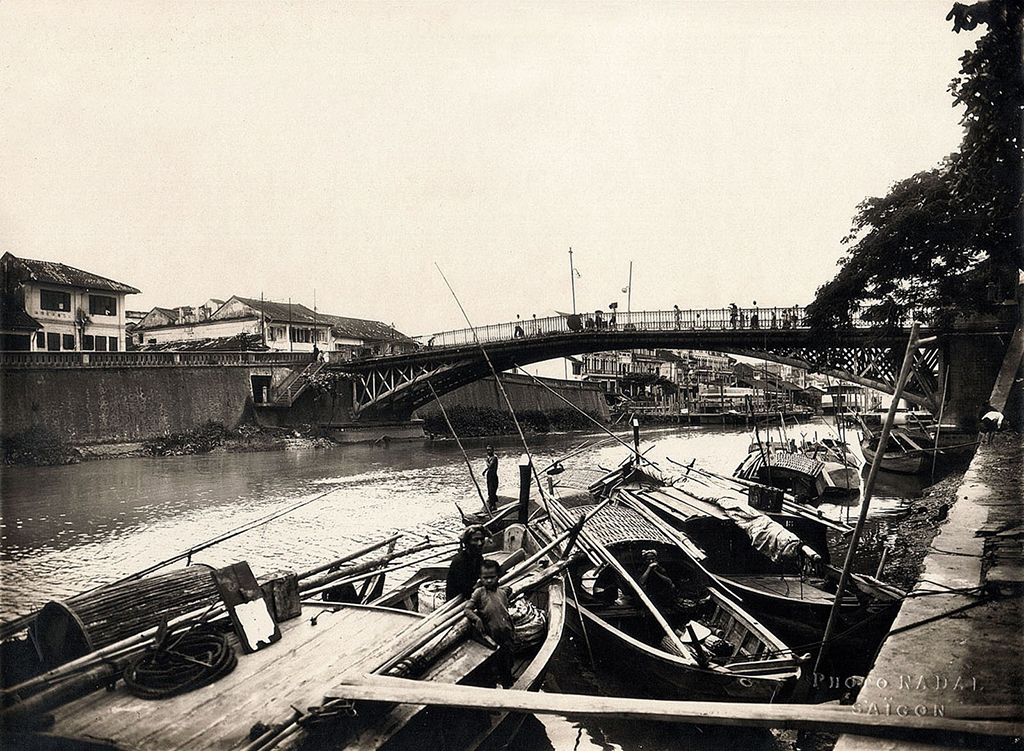
Tau Hu Canal and Malabars Bridge in Cholon in the 1920s through the lens of Léon Ropion
Author Pham Quynh concluded in A Month in the South : "In Saigon, there is really a feeling of a new metropolis, that is, a Western-style metropolis. When entering Cho Lon, there is a feeling of a Chinese-style metropolis. As for the other cities in the Six Provinces, the government offices are Western and the streets are Chinese, with very little Annamese. In terms of those aspects, the urban areas of Bac Ky, although they look old, still have a more Annamese look."
And so, the panoramic picture of the North and South in the early 20th century is clearly shown through the book series Vietnam Travelogue in Nam Phong magazine, extremely attractive and unique.
Source link



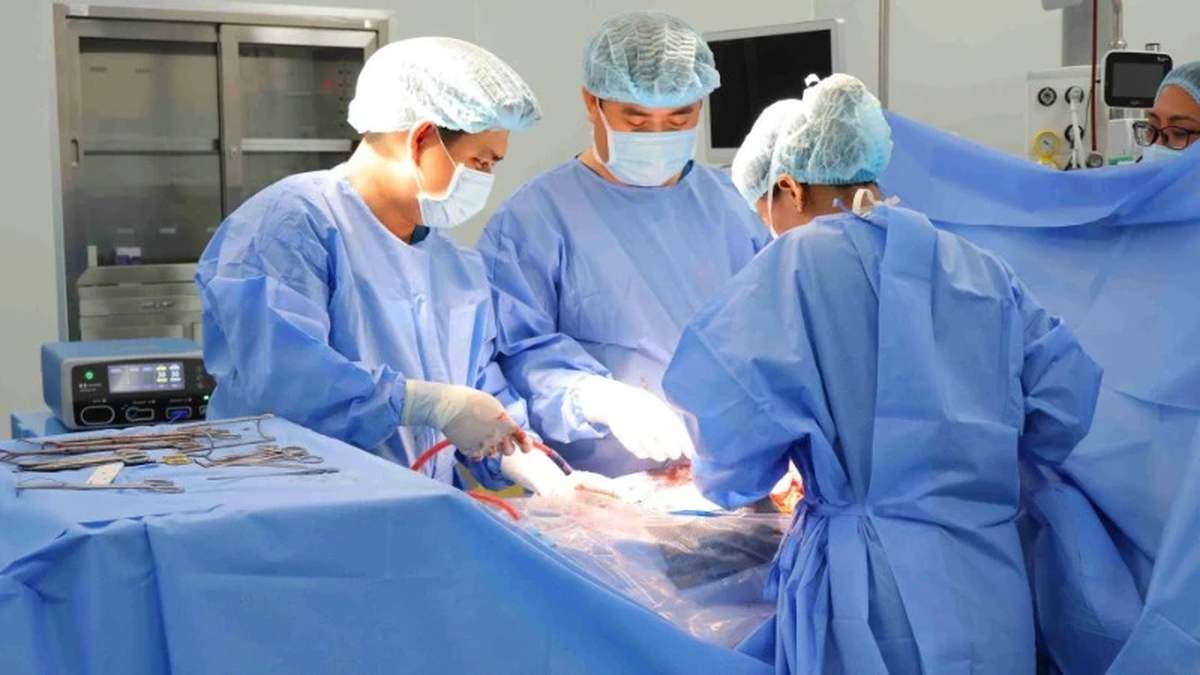
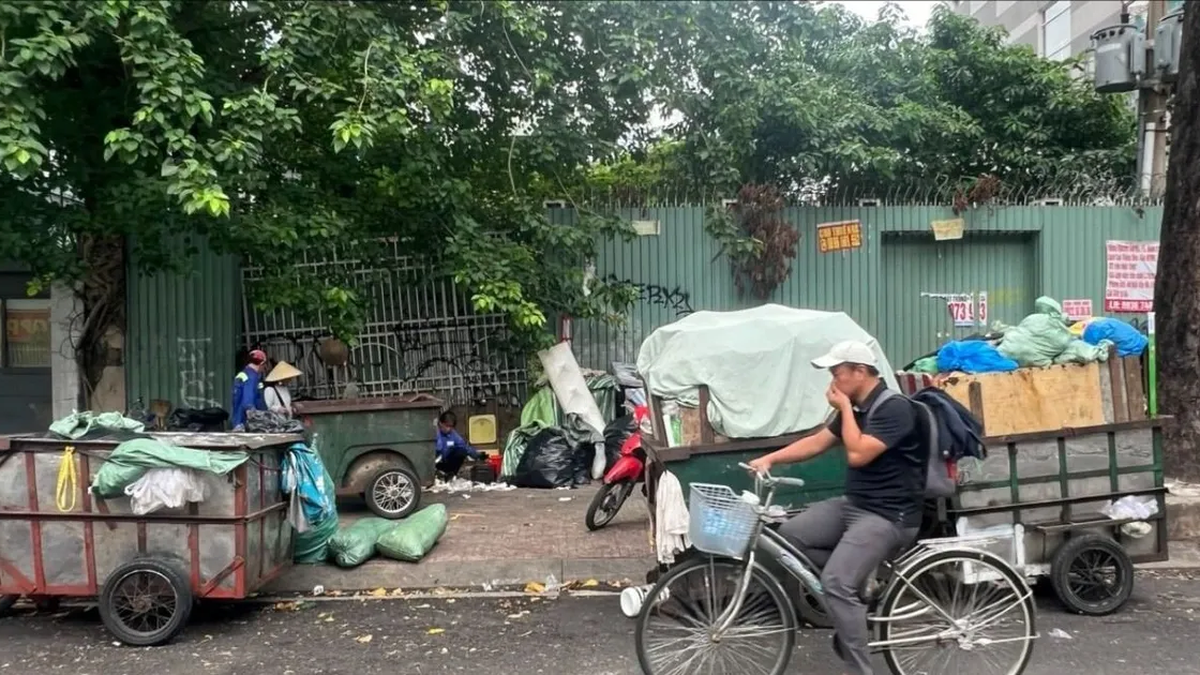
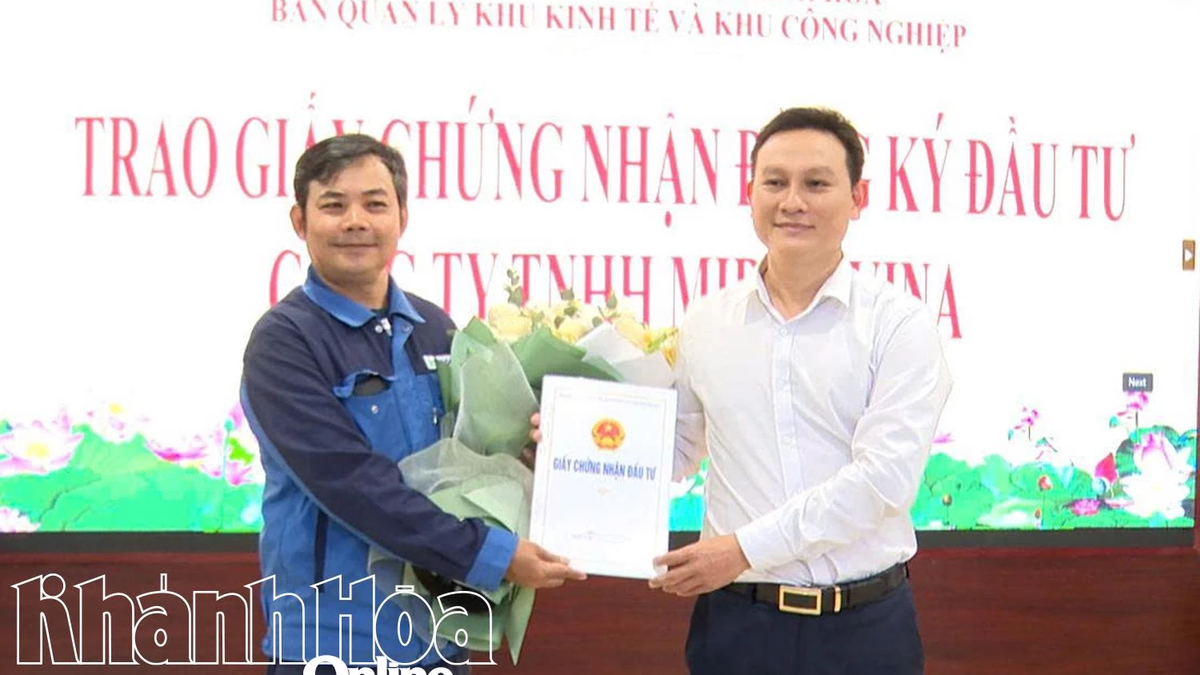
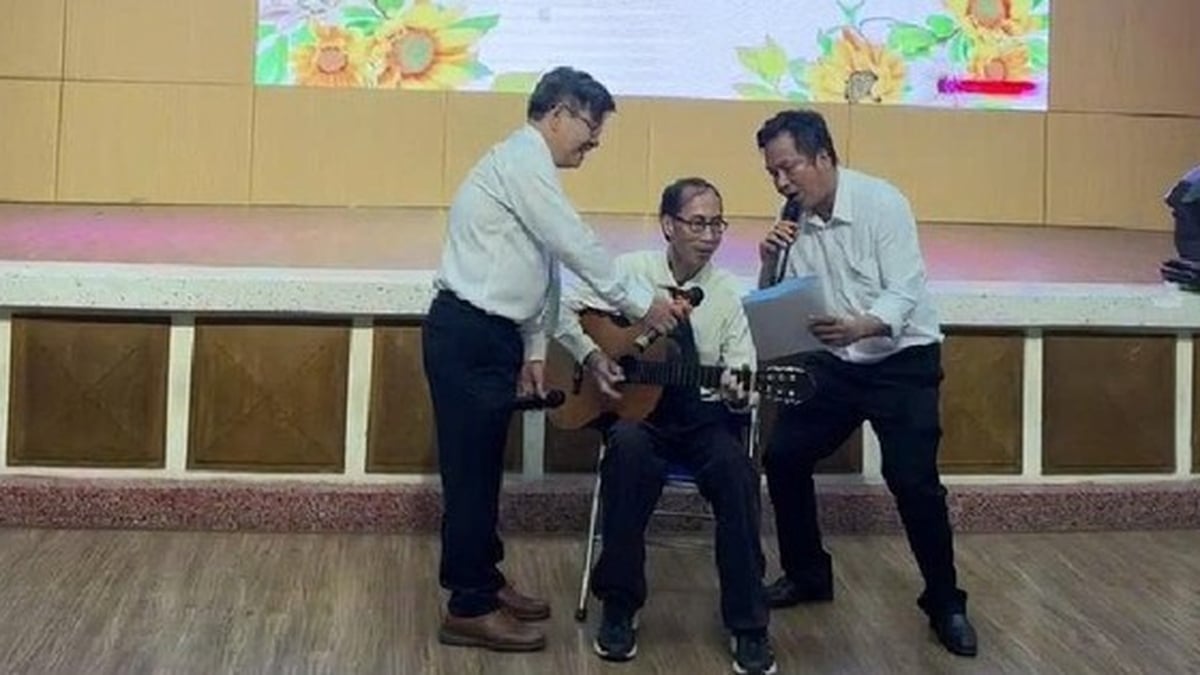

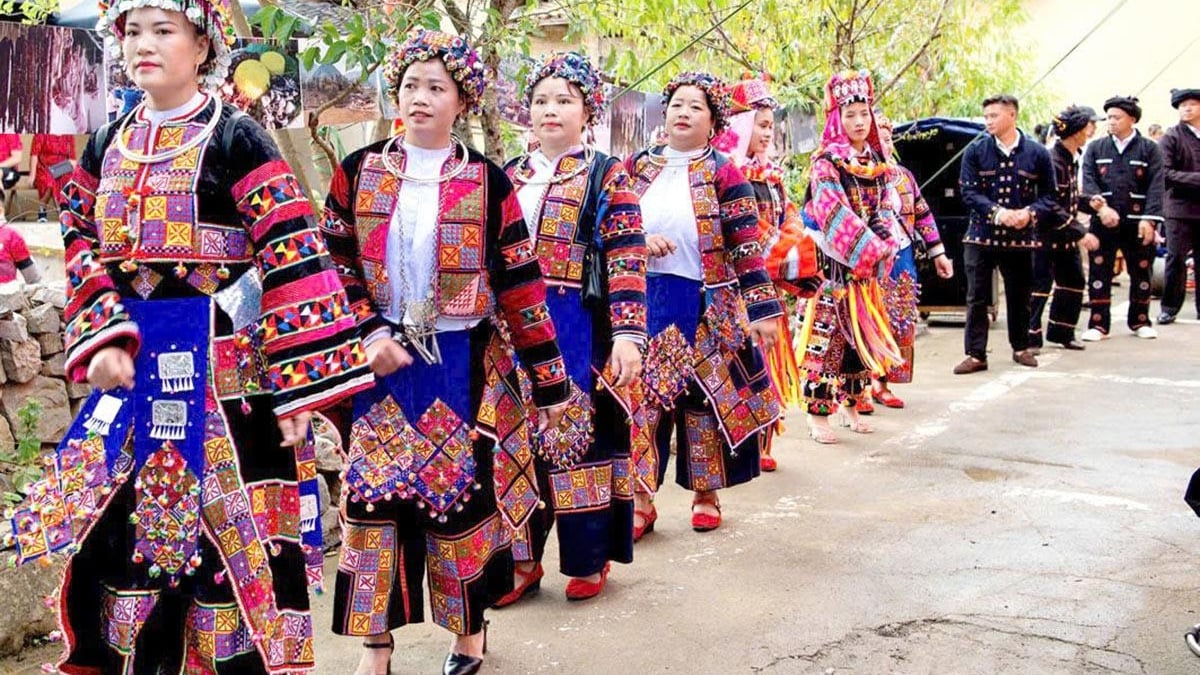
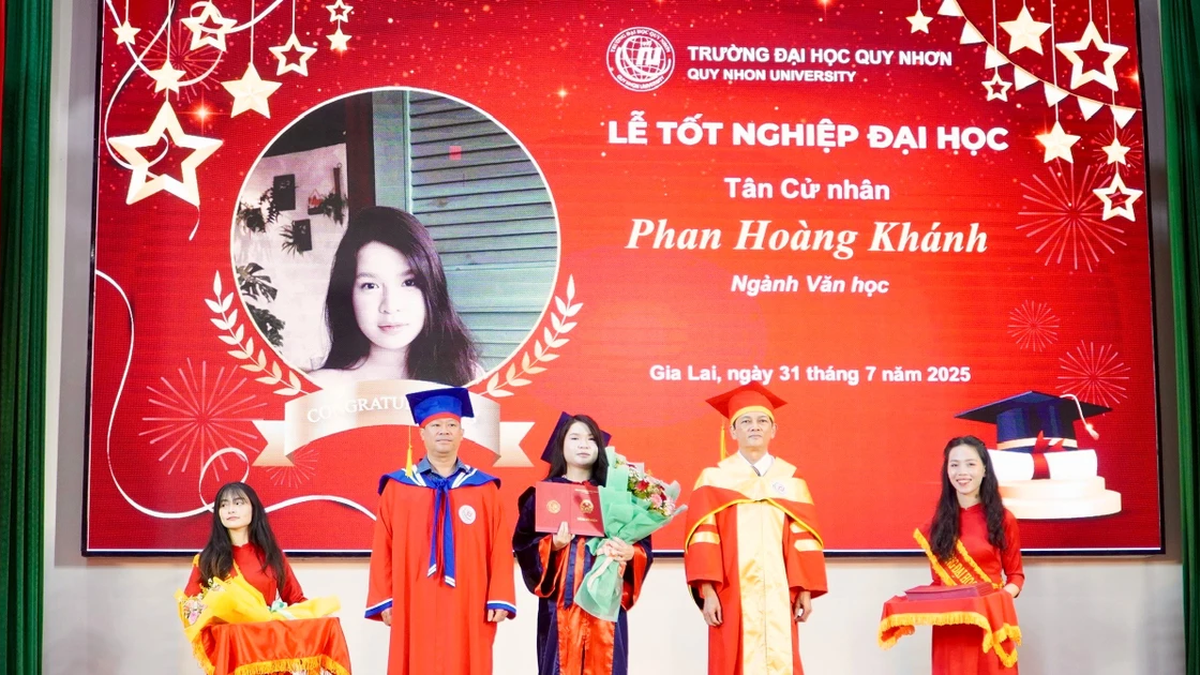

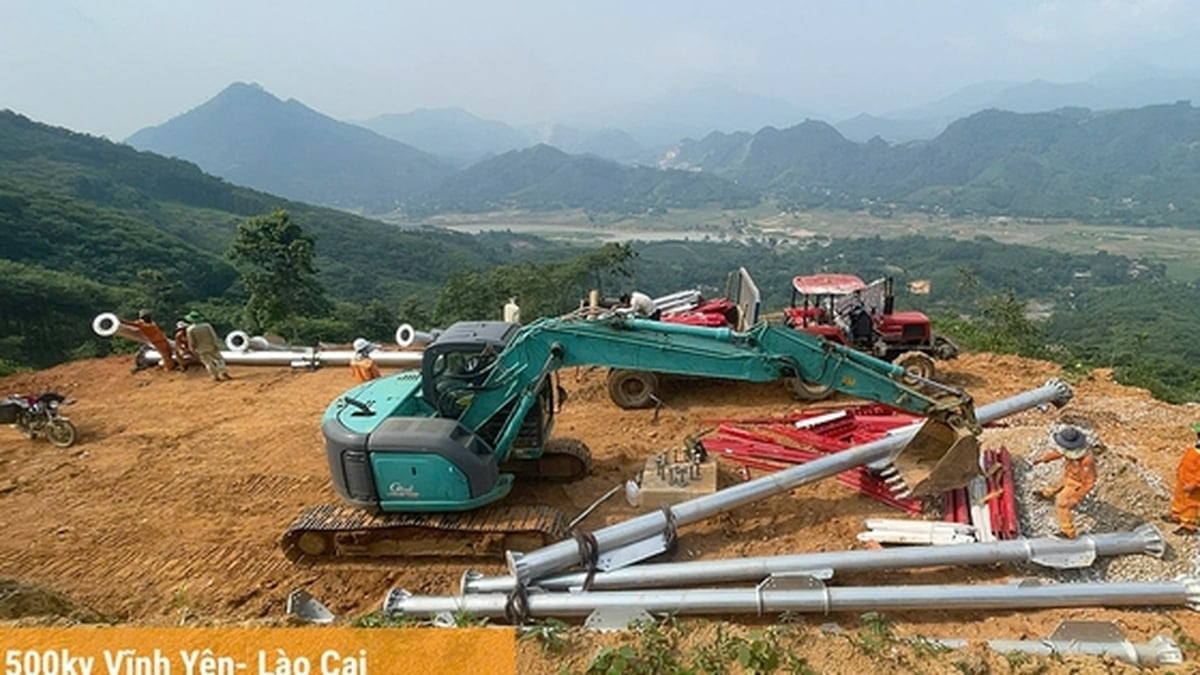
























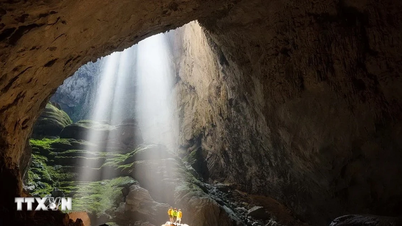



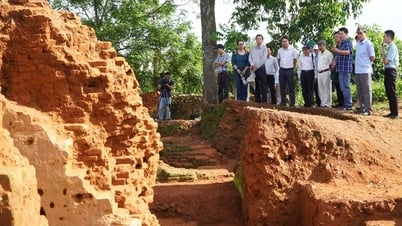



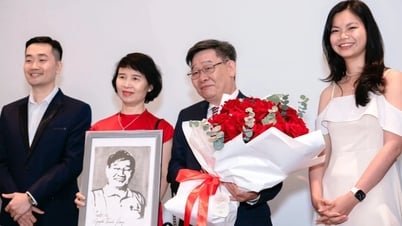

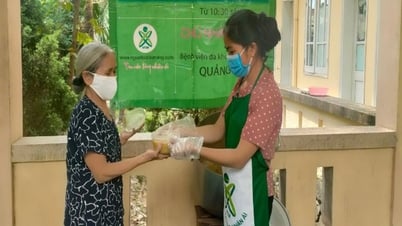
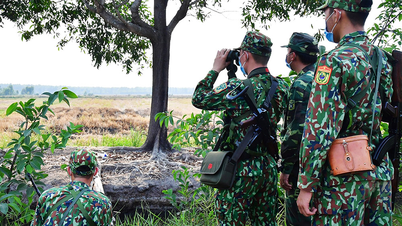






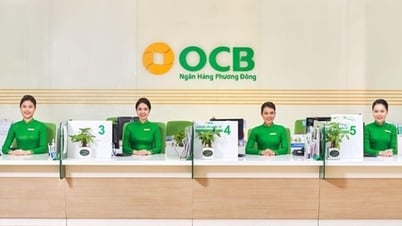

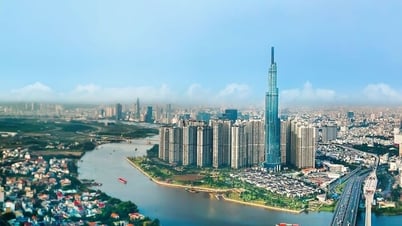


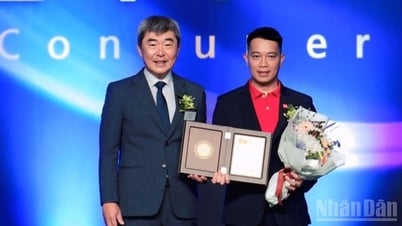

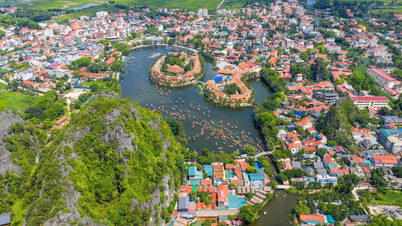



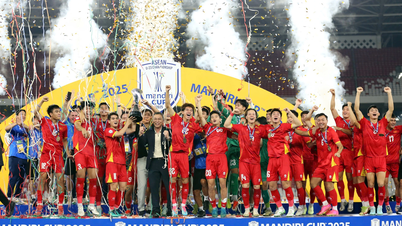
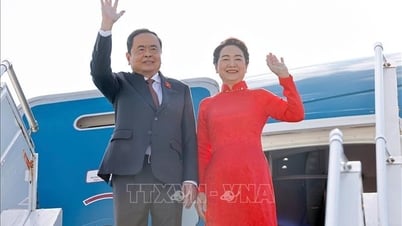


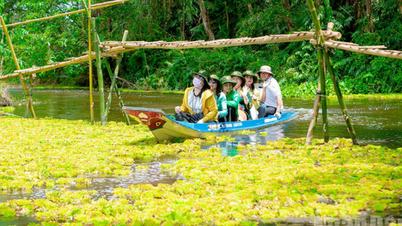


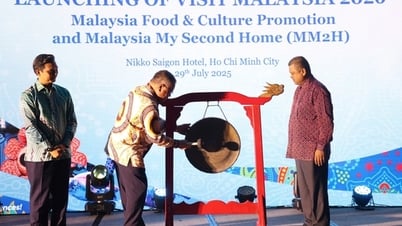
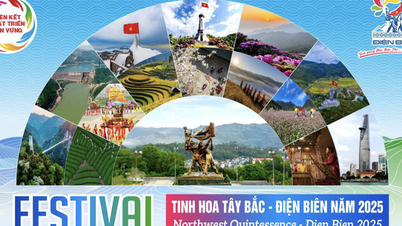
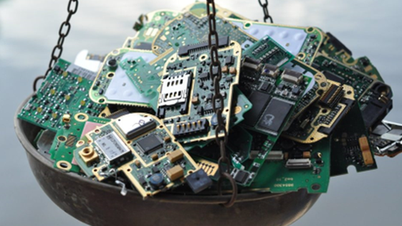

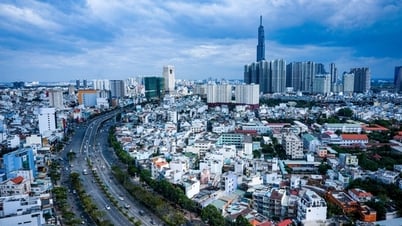








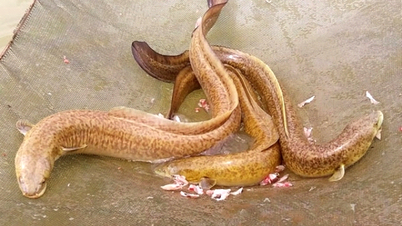










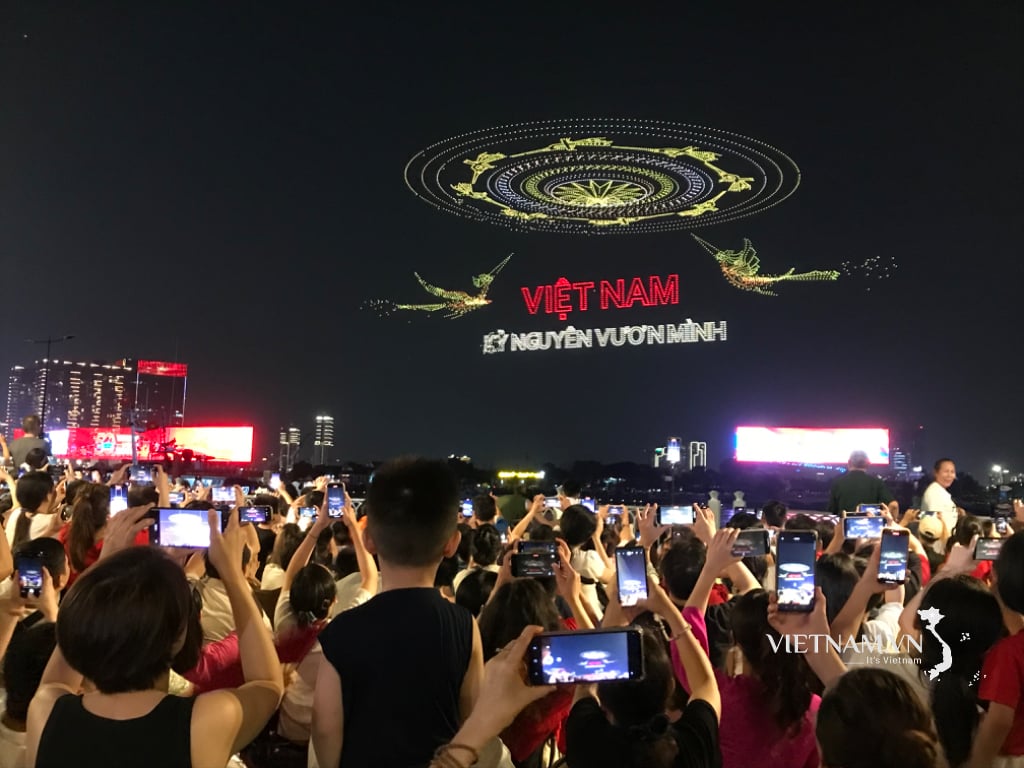

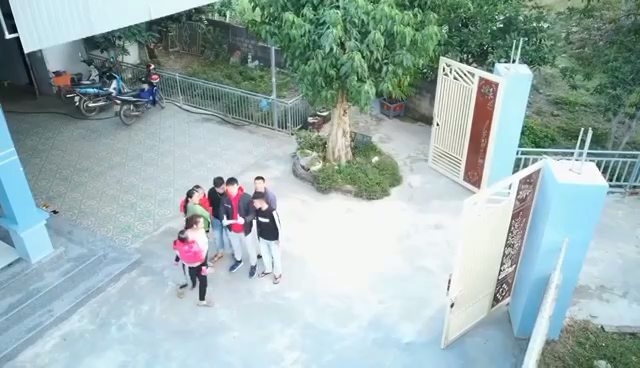
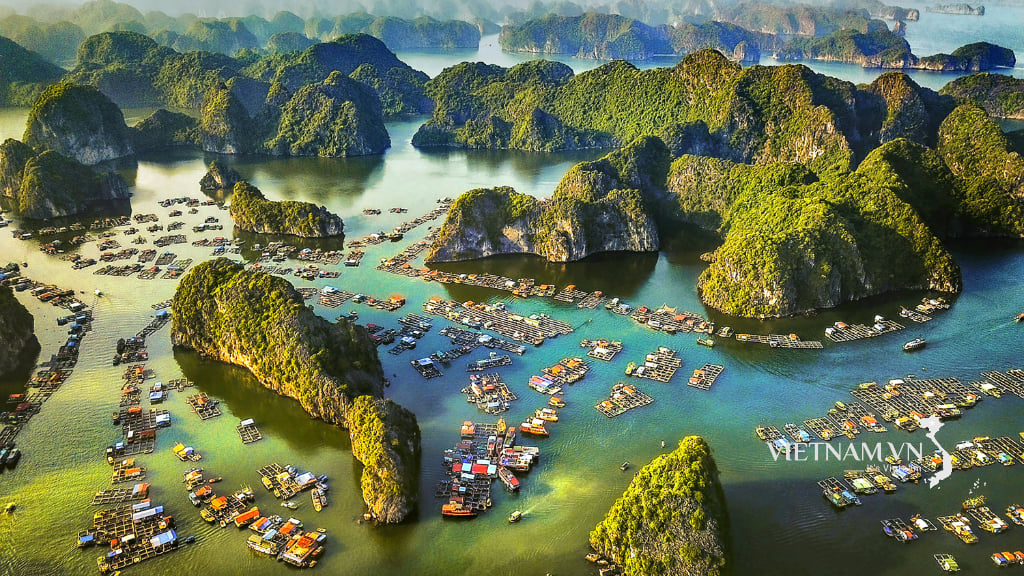
Comment (0)